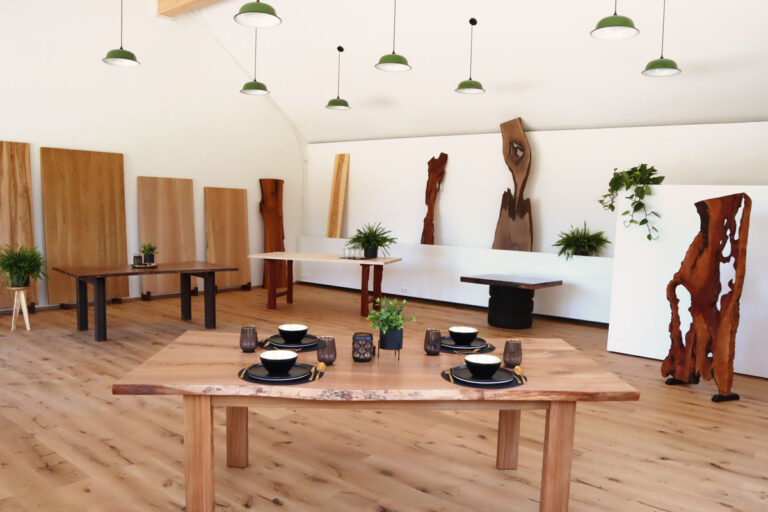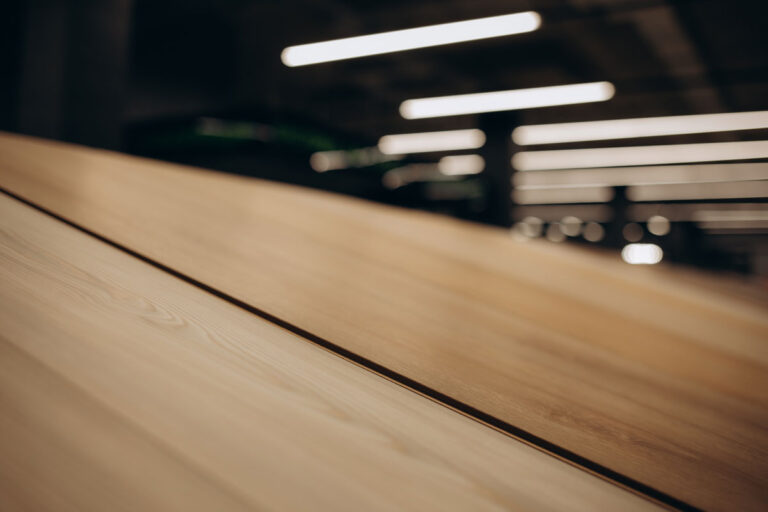Moisture resistant wood species and sealants: The key to the perfect solid wood bathroom floor
Solid wood flooring in the bathroom? Many people are sceptical about whether this is a good idea. After all, this is a room with high humidity and constant moisture. But despite these concerns, more and more people are installing this type of flooring in their bathrooms.
A solid wood floor in the bathroom is not only visually appealing, but also impresses with its natural warmth and tactile feel. But which wood is best suited for use in damp rooms?
If treated correctly, domestic oak or ash is ideal. Both types of wood are naturally robust but are not inherently resistant to moisture. A special surface treatment is required to protect the floor from water. There are several options, such as applying a lacquer sealant or using oil. Although a lacquer finish is often recommended, an oil finish is a better choice as it allows the wood to breathe and provides more natural protection.
Lacquer sealant vs. oil
A lacquer sealant forms a solid protective film on the wood, which is water repellent and often considered easy to clean. However, the lacquer seals the wood completely, causing it to lose its natural feel and feel cooler.
A natural oil finish, on the other hand, allows the wood to breathe and retains its pleasant, warm feel. It protects the wood in a natural way and is the better choice for rooms where a natural indoor climate and preservation of the wood structure are important. It is important to avoid standing water and to remove moisture immediately after bathing or showering to ensure optimum protection.
Important note for the installation of solid wood flooring in the bathroom:
During installation, it is important to ensure that no water can get under the floorboards along the walls. Hot water vapour condenses on the walls and flows downwards, which can cause damp under the floorboards. This would cause the wood to swell and would be difficult to dry out again. To prevent this, install a technical seal between wall and board (e.g. sealant, sealing strips, etc.).
Another important factor for solid wood floors in the bathroom is proper care:
Regular cleaning with a mild detergent and occasional re-treatment will keep your floor looking good for a long time. It doesn’t have to be risky to have a solid wood floor in the bathroom! With the right materials and regular care, nothing stands in the way of a cosy wellness feeling.
And don’t forget:
a solid wood floor in the bathroom is also a sustainable choice. Unlike other floor coverings, which are often made of plastic or synthetic materials and therefore difficult to break down, wood is a natural raw material. If you are looking for a floor for your bathroom that is tough, attractive, warm to the touch and good for the environment, you should definitely consider a solid wood floor – provided it is professionally treated and maintained.
Read more articles in our “FEEL the WOOD” blog and be inspired.








